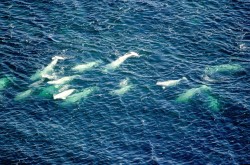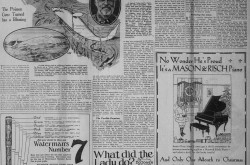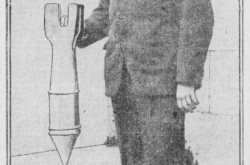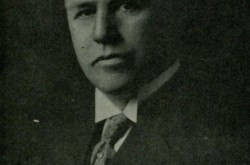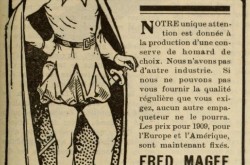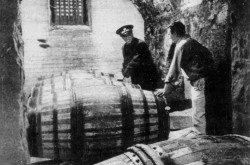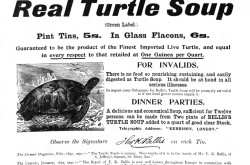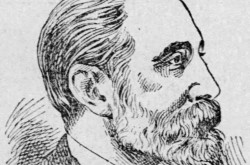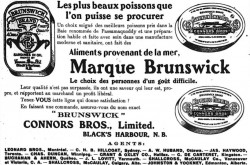Women in STEM: A conversation with Jillian Anderson

Canadian astronaut and neurologist Roberta Bondar once said, “Exploration is not something you retire from. It is a part of one’s life ethic.” That sentiment of continuity — of striving to break new ground — is critical to uphold, even as we celebrate the past achievements of women who have gone before us during Women’s History Month.
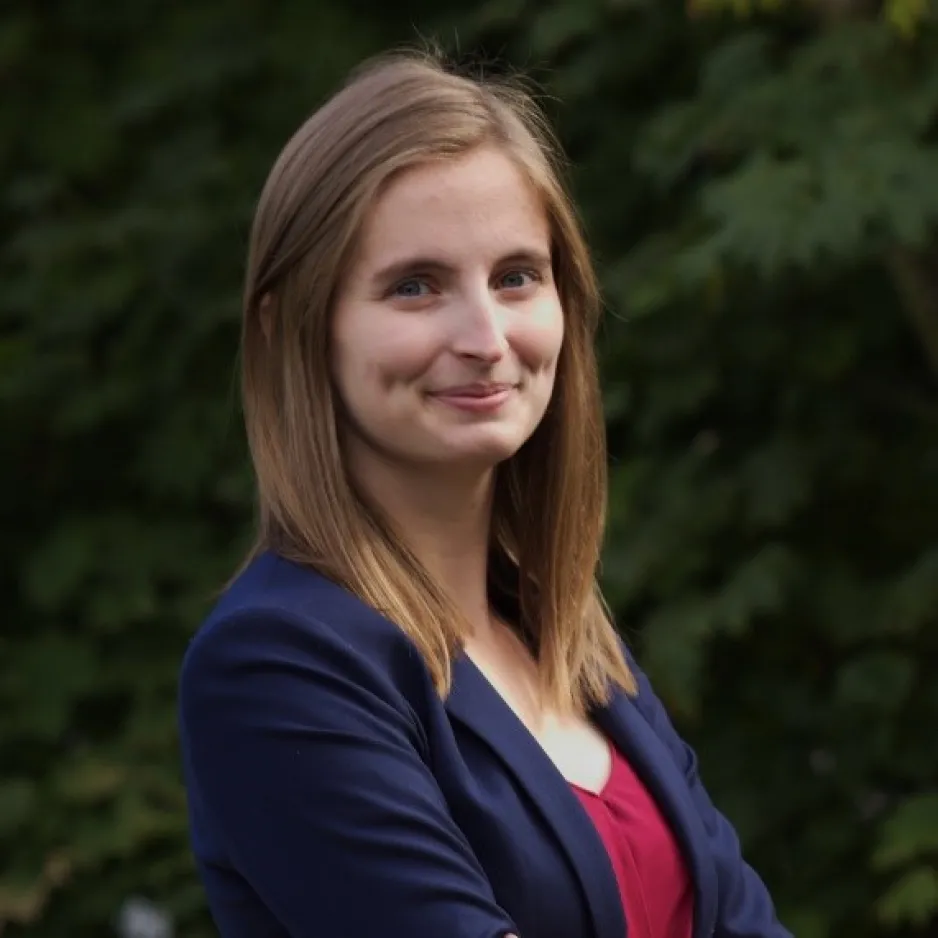
Through its Women in STEM initiative, Ingenium is telling the stories of those who dared to think differently — in an effort to foster conversations around gender equity and promote careers for women in Science, Technology, Engineering, and Math (STEM). Similarly, the Dr. Roberta Bondar Career Development Program offers an opportunity for women working in STEM to network with industry leaders and peers, and get a behind-the-scenes look at the science and tech industries in Canada.
This month, the Ingenium Channel is highlighting a series of talented, Canadian women who are participating in the Dr. Roberta Bondar Career Development Program. In today’s profile we introduce you to Jillian Anderson, a data scientist from the west coast. Anderson’s work has real-life applications for identifying fish species, and even for helping anglers identify their catch and adhere to regulations.
Ingenium Channel (IC): Tell me about your area of expertise — data science — and how you’re applying it to your current projects.
Jillian Anderson (JA): I like to think of data science as a toolbox, filled with the tools and approaches needed for working with data. While every data scientist’s toolbox will be slightly unique, mine is filled with tools relevant to tasks such as machine learning, data integration, and high-performance computing. On a day-to-day basis, I apply this expertise to my work as a Big Data Developer in the Research Computing Group at Simon Fraser University (SFU) in British Columbia. At SFU, I work with teams from academia, industry, and government, providing data science and big data expertise on projects from a variety of fields, including economics, performing arts, and marine ecology.
In one of my current projects, I’m collaborating with a team of graduate students to develop a deep learning model for identifying coastal fish species in images. This model will eventually be deployed to the FishingBC App to help anglers identify their catch and adhere to regulations. An added benefit of this tool is that it will also help Fisheries and Oceans Canada to monitor recreational fishing on our coasts, and manage fish stocks accordingly.
~ Jillian Anderson
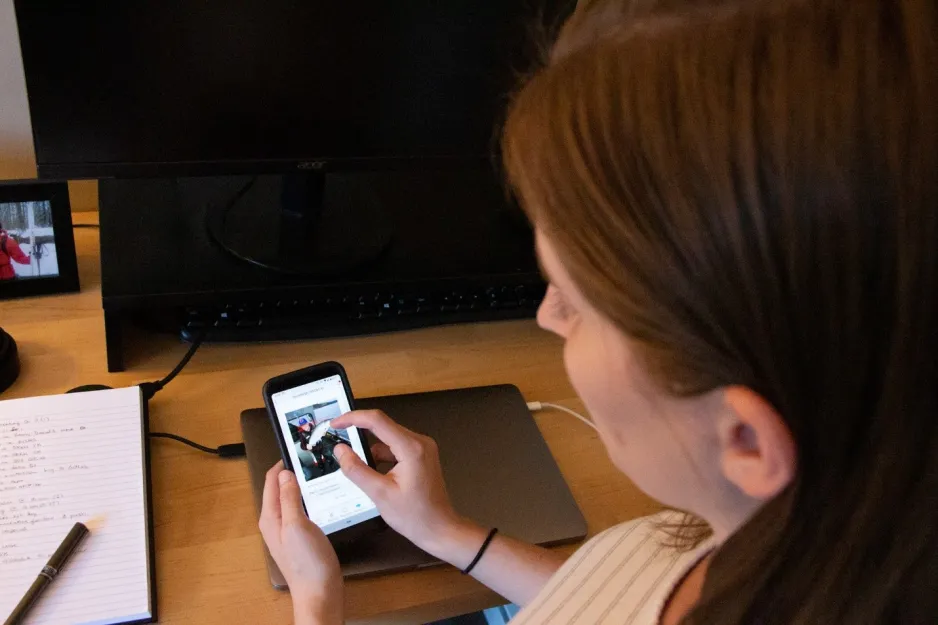
Jillian Anderson looks at the beta version of the FishingBC App’s enhanced species identification tool, which correctly identified the fish in the image as a Chinook salmon.
IC: Is there a person who inspired or encouraged you to choose your educational path and career?
JA: There are many people! But if I had to choose just one, it would be Dr. John McLevey, who was one of my professors when I was working towards my undergraduate degree — an interdisciplinary degree called Knowledge Integration. It was in one of John’s courses — and while working as a research assistant in his computational sociology lab at the University of Waterloo — that I first understood how my interest in computer science could be leveraged to tackle the wide range of real-world problems I was passionate about. Not only does John bring together individuals from backgrounds as varied as physics, English, and psychology, but he encourages and empowers every member of the team to be experts in their own regard. This experience, and John’s encouragement, really gave me the confidence to pursue a career in data science, particularly one focused on operating at the intersection of multiple disciplines.
IC: Who do you find to be most inspirational from Ingenium’s Women in STEM poster series?
JA: Lynn Conway is truly an inspiration. While her technical accolades alone are incredibly impressive, what I find most inspiring about Lynn’s story is her resiliency through personal struggle, and her tireless activism for the rights of transgender people. Her story shows how individuals need not be confined to a single passion and that as humans, we can positively impact this world in more ways than one.
IC: Describe one of the challenges or biases you had to overcome on your professional journey.
JA: One of the challenges I’ve faced in my professional journey is in dealing with imposter syndrome. I’ve often found myself worried about whether I truly deserve my “spot at the table” or whether others had misguided faith in my expertise. These worries manifest in apprehensiveness to sharing ideas, second-guessing my own knowledge, and the tendency to defer to others with more apparent expertise. However, this doesn’t benefit anyone…least of all myself, or the teams I am a part of.
I’ve had to learn, and am still learning, how to the own the expertise, unique perspectives, and value I bring to every table I sit at. Every once in a while, I have to reaffirm my belonging; but each time it gets a bit easier to acknowledge my own value and the space which I occupy. I’ve personally found that learning about imposter syndrome — and related ideas such as stereotype threat — has helped validate my own feelings and learn new techniques for overcoming their effects.
IC: Where do you hope to go from here?
JA: In the short term, I’m focused on continuing to develop my own data science toolkit, particularly in the areas of high-performance computing and how to combat bias and discrimination in artificial intelligence. I am also actively engaging in initiatives which support diversity and inclusion within data science, STEM disciplines, and society more broadly.
Thinking about where I hope to be further down the road is a bit more difficult. Currently, my general goal is to eventually lead my own interdisciplinary team to tackle real-world problems socially responsible data science. However, how this looks further in the future is hard to say.
One of the things I love about data science is that it changes alongside the world at large and is always evolving. This constant shifting makes for a lot of uncertainty about what the field might look like in 10 years, let alone 40. This uncertainty comes with the exciting opportunity to shape the data science discipline of the future, through the work, tools, and approaches that we adopt and promote today.
IC: Do you have any words of advice for a young girl who wants to follow in your footsteps?
JA: The intersections of disciplines are where really interesting work happens. Don’t be afraid to have multiple passions. Instead, own those passions and let them influence one another. Whether it is passion for music, law, computing, or ecology, that knowledge provides you with a unique perspective for approaching new problems in other disciplines. By combining passions or interests together, you often begin to see connections that are not visible to others with different passions or experiences. These connections can lead to valuable collaborations or a cross-pollination of ideas across disciplines, which often leads to really exciting and interesting work.
Go further
Interested in learning more about how bias and discrimination can crop up in AI and machine learning? Check out these Ted Talks, which are recommended by Jillian Anderson.
- Joy Buolamwini: How I’m fighting bias in algorithms
- Cathy O’Neil: The era of blind faith in big data must end


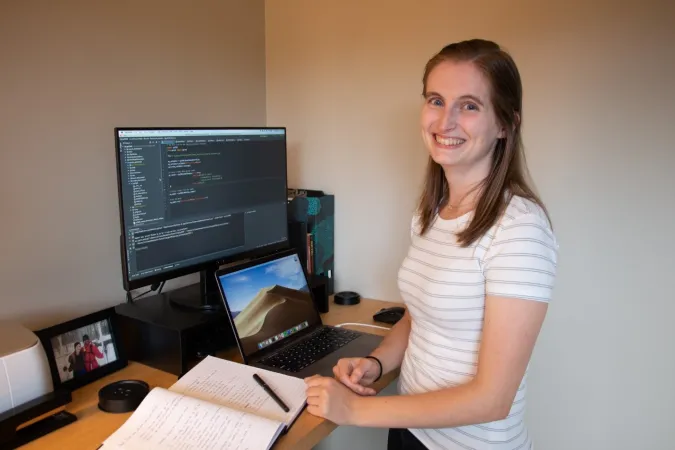
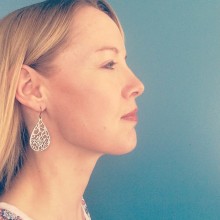
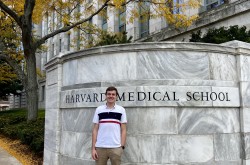
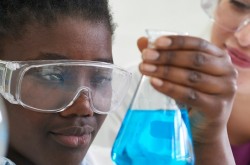
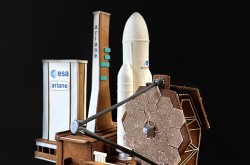
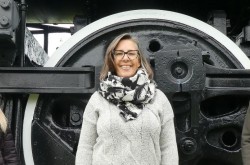


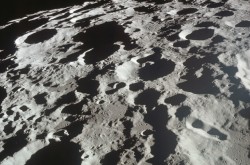
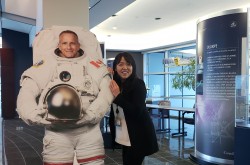
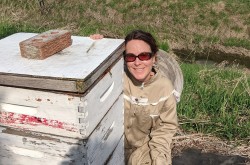
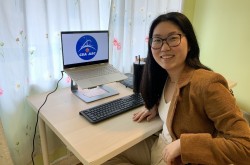
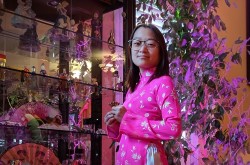
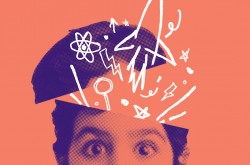
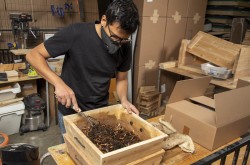
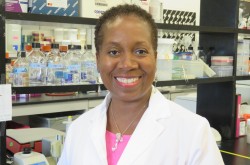
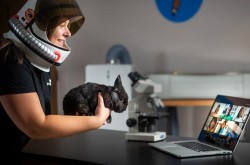

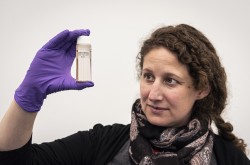
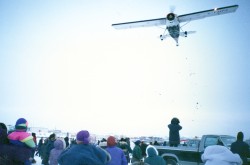
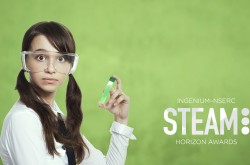
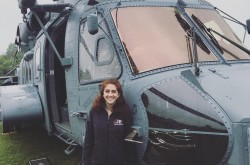
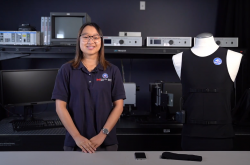
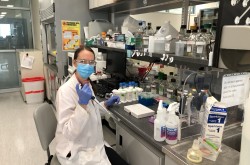

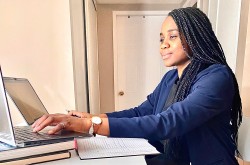

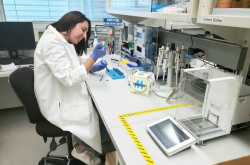


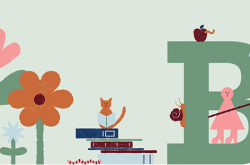
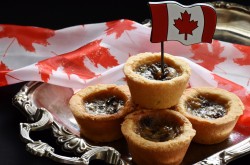
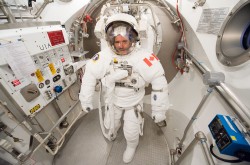

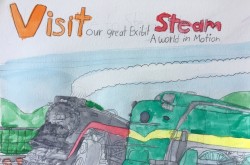


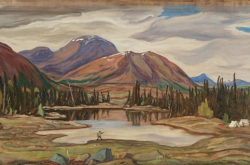


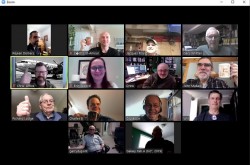
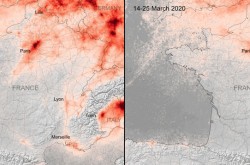

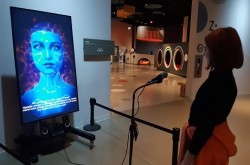
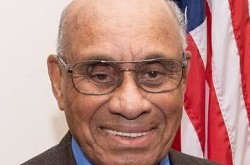

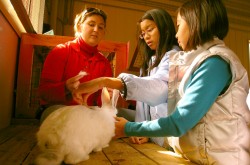

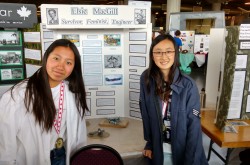

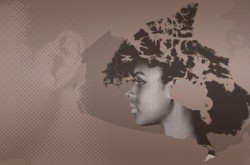
![A block of photographs showing some of the people involved in the bombing of beluga whales in the estuary and gulf of the St. Lawrence River. Anon., “La chasse aux marsouins [sic]. » Le Devoir, 15 August 1929, 6.](/sites/default/files/styles/thumbnail_7/public/2024-09/Le%20Devoir%2015%20aout%201929%20page%206.jpg?h=584f1d27&itok=TppdLItg)
